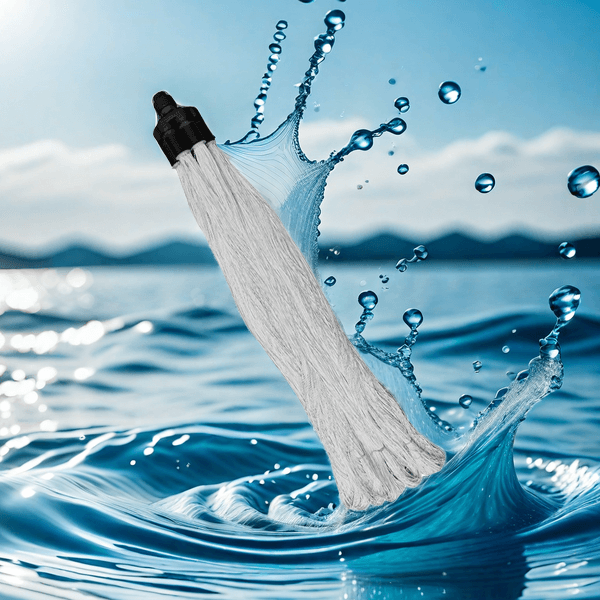Introduction to MBR denitrification and phosphorus removal combined process
The MBR denitrification and phosphorus removal combined process is improved on the basis of MBR to achieve better nitrogen and phosphorus removal effects. There are mainly the following common combined processes:
1. A/O-MBR process:
Add an anaerobic section (section A) and an anoxic section (section O) before the MBR to form an A/O-MBR process. The anaerobic section is conducive to the release of phosphorus by polyphosphate bacteria, the anoxic section performs denitrification and denitrification, and the aerobic MBR section performs nitrification and phosphorus absorption. This process can achieve denitrification and phosphorus removal at the same time.
2. A2/O-MBR process:
On the basis of A/O-MBR, an anaerobic section is added to form an anaerobic-anoxic-aerobic three-stage A2/O-MBR process. It can further improve the denitrification and phosphorus removal effects.
3. UCT-MBR process:
Combining MBR with UCT process, including three reaction zones of anaerobic-anoxic-aerobic, and setting up internal and external circulation. It can achieve efficient nitrogen removal and phosphorus removal.

4. Intermittent MBR process:
In a reactor, by controlling aeration and stirring, anaerobic, anoxic and aerobic conditions are alternately achieved to complete the nitrogen removal and phosphorus removal process. The operation is flexible, but the control is more complicated.
5. Biofilm-MBR combined process:
Add biological fillers to the MBR to form a biofilm, increase biomass, and enhance the nitrogen removal and phosphorus removal capabilities.
These combined processes can significantly improve the nitrogen removal and phosphorus removal effects of the MBR system by optimizing reaction conditions and process parameters, so that the effluent meets higher discharge standards. The choice of which combined process needs to be considered comprehensively based on factors such as influent water quality, effluent requirements, and floor space.
